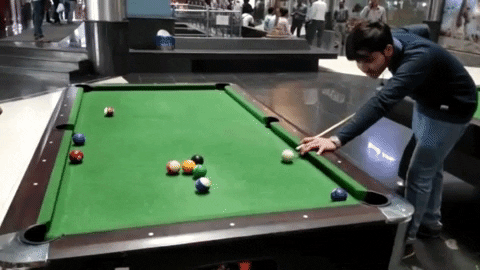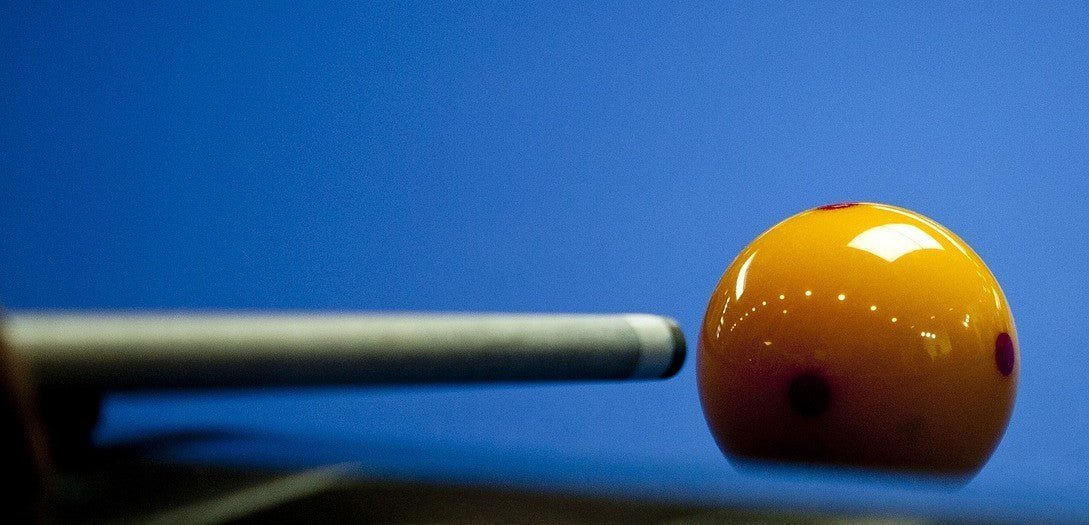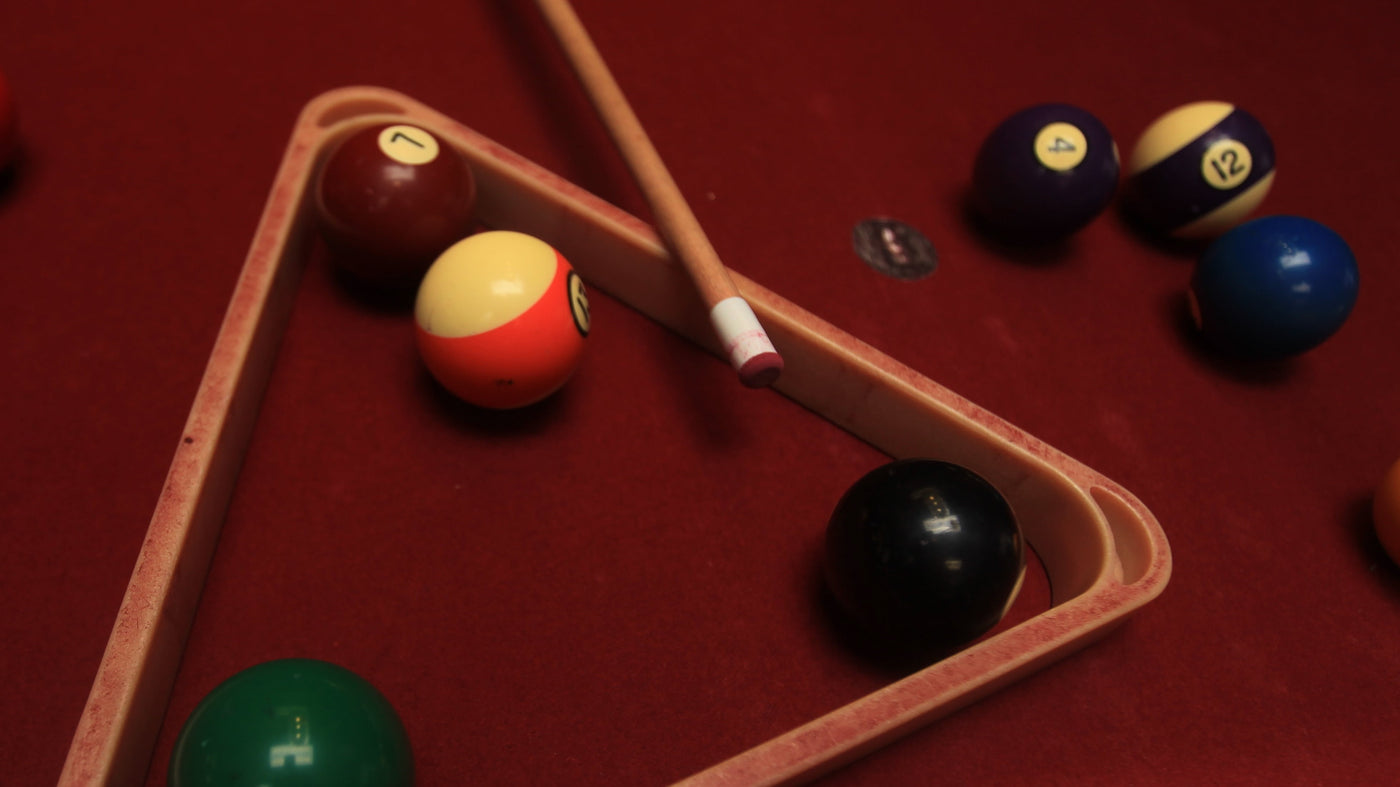As an enthusiastic pool player, you already know that cue ball positioning is a fundamental aspect of the game. Mastering the art of cue ball control and precise position play can significantly enhance your skills and make you a more formidable player on the pool table. In this article, we'll dive into essential techniques and strategies that will help you improve your skills and take your game to the next level.
Outline
Introduction to The Art of Cue Ball Positioning
1. The Importance of Cue Ball Positioning
2. Understanding Cue Ball Control
3. Mastering Cue Ball Spin
4. Utilizing Rails for Positioning
5. Angle and Speed Management
6. Planning Ahead: Pattern Play
7. Defensive Positioning
8. Mental Aspects of Position Play
9. Practicing Cue Ball Positioning
10. Common Mistakes and How to Avoid Them
11. Equipment Considerations
12. Understanding Table Conditions
13. The Role of Confidence
Conclusion
FAQs (Frequently Asked Questions)
1. The Importance of Cue Ball Positioning
Cue ball positioning is not just about potting balls; it's about setting yourself up for the next shot. A well-positioned cue ball gives you options, control, and flexibility in your shot selection. By understanding how to control the cue ball, you can consistently position it for optimal shots, making your runs smoother and more efficient.
2. Understanding Cue Ball Control
To master cue ball positioning, you need to understand different types of shots and how to control the cue ball's path. Let's explore three crucial techniques:
2.1 Stun Shot
The stun shot is a basic technique used to stop the cue ball dead in its tracks after hitting the object ball. This technique is valuable when you want to maintain a specific position for the next shot, especially when dealing with tricky angles or clustered balls.
2.2 Follow Shot
The follow shot involves striking the cue ball slightly above its center, causing it to roll forward after hitting the object ball. Mastering this technique allows you to move the cue ball along the line of the shot, making it ideal for setting up shots that require precise positioning.
2.3 Draw Shot
Conversely, the draw shot requires striking the cue ball below its center, causing it to spin backward upon impact. The draw shot is excellent for pulling the cue ball back after hitting the object ball, providing better positioning for subsequent shots.
3. Mastering Cue Ball Spin
Spin, also known as "English" in pool lingo, is an advanced technique that enables you to manipulate the cue ball's path by applying sidespin. There are two primary types of spin:
3.1 English
English refers to applying a sidespin to the cue ball, causing it to curve during its trajectory. This technique is valuable for navigating around obstacles or achieving better position play when the straightforward route is blocked.
3.2 Top Spin
Top spin involves hitting the cue ball above its center, making it move forward with a slight rebound after contacting the object ball. Mastering top spin is essential for overcoming distances and positioning the cue ball accurately for subsequent shots.
3.3 Back Spin
Conversely, back spin requires hitting the cue ball below its center, causing it to spin backward. Back spin is useful when you need the cue ball to stop quickly after hitting an object ball or when you want to avoid scratching.
4. Utilizing Rails for Positioning
The pool table's rails can be your allies in cue ball positioning. Bouncing the cue ball off the rails can open up new angles and help you achieve difficult position play. Practice using the rails to control the cue ball's path and widen your shot selection.
5. Angle and Speed Management
Understanding the relationship between shot angles and cue ball speed is crucial for precise position play. The angle at which the cue ball strikes the object ball determines its rebound path, while speed governs how far the cue ball travels after impact. Experiment with different angles and speeds during practice to develop a feel for positioning.
6. Planning Ahead: Pattern Play
Position play is not just about individual shots; it's about planning ahead and setting up a series of shots to run the table. Develop your pattern play skills by visualizing multiple shots ahead, considering both the object ball's position and the cue ball's path.
7. Defensive Positioning
Position play is not limited to offensive strategies; it also plays a vital role in defense. Positioning the cue ball strategically can make it challenging for your opponent to execute their shots effectively, giving you a tactical advantage.
8. Mental Aspects of Position Play
Cue ball positioning requires focus, concentration, and a calm mind. Develop mental fortitude to stay composed under pressure and execute precise position play when it matters most.
9. Practicing Cue Ball Positioning
Practice is key to improving your skills. Devote time to drills and exercises that specifically target position play, honing your ability to control the cue ball in various situations.
10. Common Mistakes and How to Avoid Them
Identify common errors in positioning of the cue ball and learn how to rectify them. Avoiding these mistakes will prevent unnecessary errors during critical moments in a game. To gain further insights on this topic, consider reading our article.
11. Equipment Considerations
The right cue stick and cue tip can significantly impact your cue ball control. Invest in quality equipment that complements your playing style and enhances your ability to position the cue ball accurately.
12. Understanding Table Conditions
Different pool tables have varying conditions, such as cloth type, cushion responsiveness, and table levelness. Familiarize yourself with these factors to adjust your positioning techniques accordingly.
13. The Role of Confidence
Confidence plays a crucial role in the positioning of the cue ball. Trust your abilities and decisions on the table, as it will reflect positively in your position play. Explore our article for valuable insights on enhancing the mental aspects of your billiards performance.
Conclusion
Mastering the art of cue ball positioning is a skill that sets exceptional pool players apart from the rest. By understanding the various techniques, practicing diligently, and honing your mental game, you can elevate your position play to new heights. Remember, cue ball control is not just about potting balls; it's about seizing control of the game.
To enhance your skills in billiards and pool, explore our articles dedicated to refining and mastering playing techniques.

As you immerse yourself in the art of cue ball positioning, below frequently asked questions and their answers will serve as invaluable guidance on your journey to becoming a skilled and adept pool player. Continually seek improvement, practice with purpose, and embrace the art of precise position play as you strive to become a master of the cue ball.


